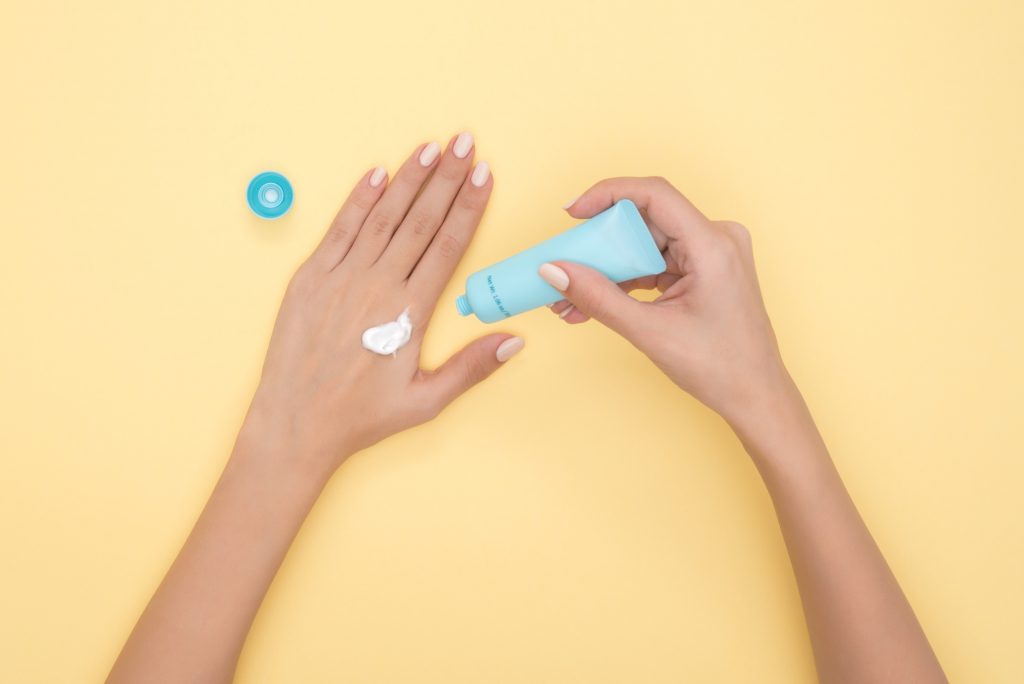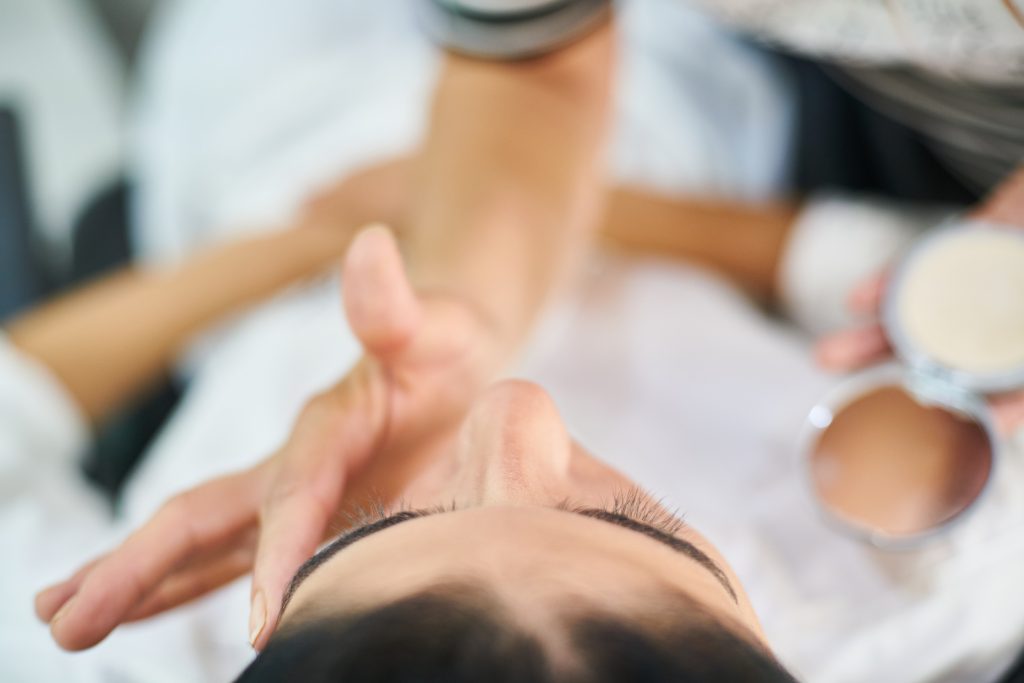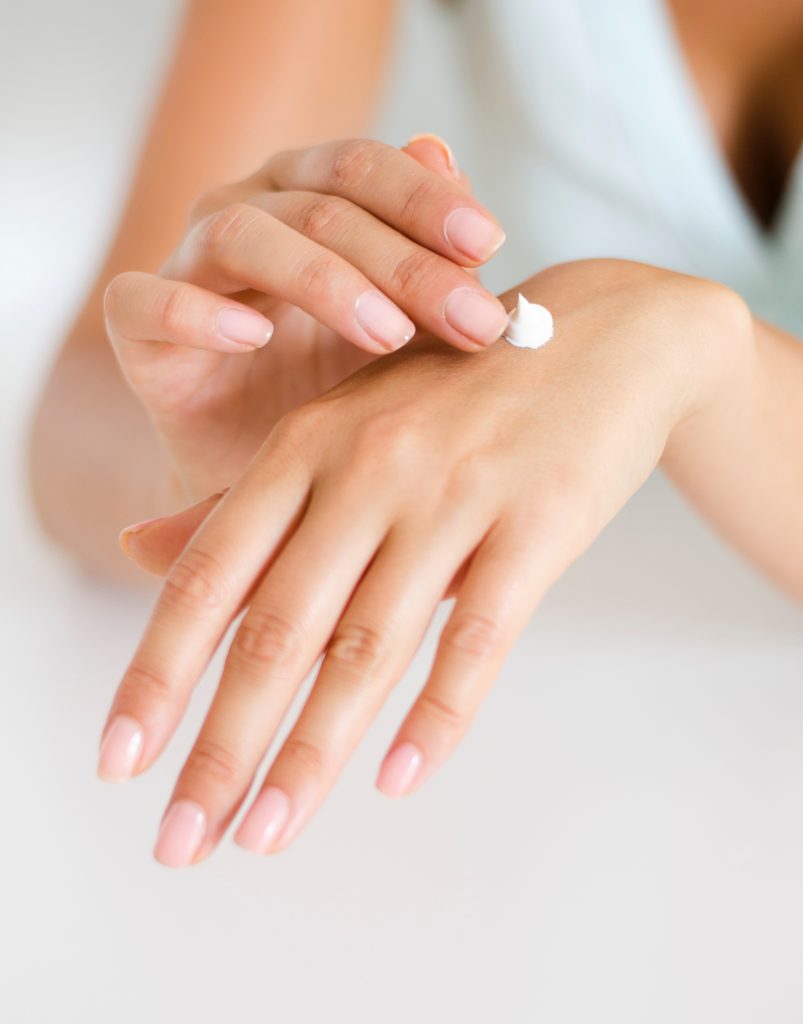People love to spend time outdoors. It doesn’t matter what season of the year it is, active individuals will find a way to get out of the house. Whether it’s swimming and fishing in the summer, hiking in the fall or skiing in the winter, there’s always something to do. That’s why there’s sunscreen.
The problem is, over the years, people have repeated several myths about sunscreen usage so often, they think they’re true. Some of them are true, but there’s a lot out there that has zero scientific backing. So here is a list of the five most common sunscreen myths. If you hear any of these, be sure to offer these real, potentially life-saving facts.
Myth #1: Sunscreen Causes Cancer

This myth couldn’t be further from the truth. Sunscreen protects your skin from sun exposure which, over time, increases the risk of developing skin cancer. More and more people are diagnosed with skin cancer every year. The cause of the cancer is due to the uncontrolled growth of abnormal skin cells, often forming from the sun’s powerful, harmful ultraviolet (UV) light.
There is no legitimate evidence linking sunscreen to cancer. However, there is a ton of evidence linking exposure to UV rays from the sun and tanning beds to severe illnesses like skin cancer. While some people fear the skin absorbs the chemicals in sunscreens are absorbed, creating abnormal skin cells, melanoma oncology professor Sapna Patel says you have nothing to worry about.
She says, “For those who are worried, we recommend using a sunblock.” Sunblock contains zinc oxide or titanium dioxide, which aren’t absorbed by the skin. Instead, sunblock sits on the skin’s surface.”
“This is why it feels like you can never rub your sunblock in and why it’s often visible,” Patel adds. “The SPF ingredients used in sunscreen in the United States have an excellent safety record in humans. You don’t have to worry about applying sunscreen. Instead, apply all the sunscreen you want. It’s helpful, not hurtful, to your health.”
Myth #2: Having SPF in Your Makeup Means You Don’t Have to Wear Sunscreen

Again, this is a false claim. Yes, there might be SPF, or a sun protection factor in your makeup product, but you don’t wear enough makeup to truly protect your skin from the sun. You also don’t wear makeup on all of the areas exposed to the sun’s harmful UV rays.
If you wear a moisturizer or other lotions and the product claims to contain SPF, you still need to wear sunscreen if you’re outdoors for a long period of time. The moisturizer may cover your face and neck more completely than you would with a foundation or blush, but the SPF in the moisturizer wears off after a while. It’s not designed for long-term protection, unlike sunscreen or sunblock.
Patel says, “If you put moisturizer on in the morning, you still need to apply sunscreen if you go for a walk after work or even at lunchtime.” Makeup isn’t the same as wearing sunscreen. So, if you decide to go on a hike, be smart and wear sunscreen, as well. No one wants to damage their beautiful skin.
Myth #3: Botanical Extracts Offer UV Protection

If you have ever seen a blogger or social media influencer post DIY sunscreen recipes encouraging their followers to use natural ingredients like red raspberry seed oil, carrot seed oil or coconut oil, you should ignore their recommendations.
Some studies have proven that botanicals or those with plant-based ingredients reduce the inflammatory response of skin exposed to UV radiation. However, that doesn’t mean you should only use these DIY recipes.
There is not enough scientific or medical evidence to provide a link between natural, botanical ingredients offering enough stable protection to be effective sunscreens. “It’s impossible to tell how much protection any ingredient offers without lab-testing the finished product,” says California dermatologist, Dr. Karyn Grossman.
Making your own sunscreens might sound appealing and fun, but it’s not as safe as quality-tested sunscreen manufactured by the experts. The bottom line is, don’t believe everything you see on Instagram or Pinterest. It might not be as factual as you think.
Myth #4: Retinyl Palmitate Causes Skin Cancer

This myth spread on the Internet in 2012 when the U.S. Department of Health and Human Services selected retinyl palmitate for toxicology screening. Since then, people believe the vitamin A derivative found in skin cells increases the risk of skin cancer. If it is in SPF sunscreen, as well as many cosmetics, it must lead to skin cancer, right?
No, not according to Dermatologist Dr. Robert Anolik, who says there is no medical evidence that proves the vitamin A chemical compound increases cancer risk. If you notice your bottle of sunscreen lists retinyl palmitate as an ingredient, you don’t need to panic. For years, dermatologists have prescribed forms of vitamin A to treat acne and photo-aging. If dermatologists approve of the chemical compound, then it’s a good bet it’s safe.
But if you’re still not convinced, buy sunscreen without this ingredient. It doesn’t hurt to be cautious for your own peace of mind, but this is one ingredient you don’t have to worry about. Retinyl palmitate isn’t going to hurt you.
Myth #5: It’s Cloudy, So You Don’t Have to Wear Sunscreen

It’s time to debunk this myth forever because t’s just not true. Just because it’s cloudy doesn’t mean you’re not exposed to the sun’s powerful UV rays. According to Patel, “Clouds are simply water vapor. They can’t protect you from UV rays.”
Even if it’s cloudy or cold outside, you still need to apply your sunscreen the same way you would if it was warm and sunny. You wouldn’t think twice about applying sunscreen while going to the beach on a sunny day. Why is it any different when it’s cloudy? As the rule suggests, just because you can’t see the sun, that doesn’t mean it isn’t there.
“Often people skip the sunscreen when they’re going skiing or heading out in the snow. But in reality, they get hit by the sun’s rays more than once. “Once from the sun and then when the sun’s rays bounce off the snow,” says Patel. “The same is true on a cloudy day at the beach. You can get hit by the sun’s rays directly and when they bounce off the water or sand.”
If you take away one thing from this article, it’s that sunscreen and sunblock are safe, and you should use them more often than you think. Sunscreen protects your skin from the sun’s UV rays. In addition, you can also wear clothing that protects your skin from UV rays. Sunglasses protect the skin around your eyes, as well. If you have any questions regarding skincare and sun protection, ask your dermatologist. They can lead you in the right direction.

















